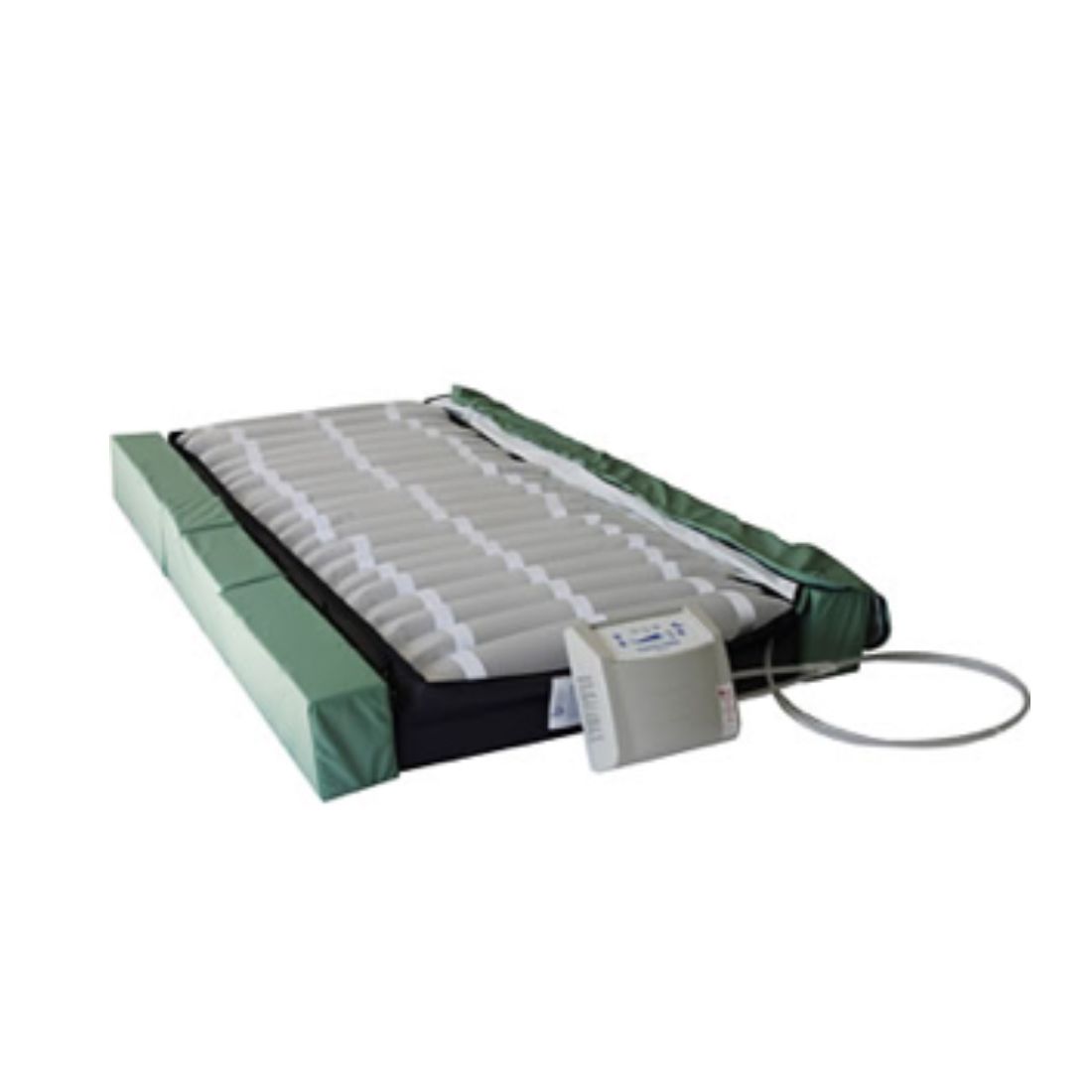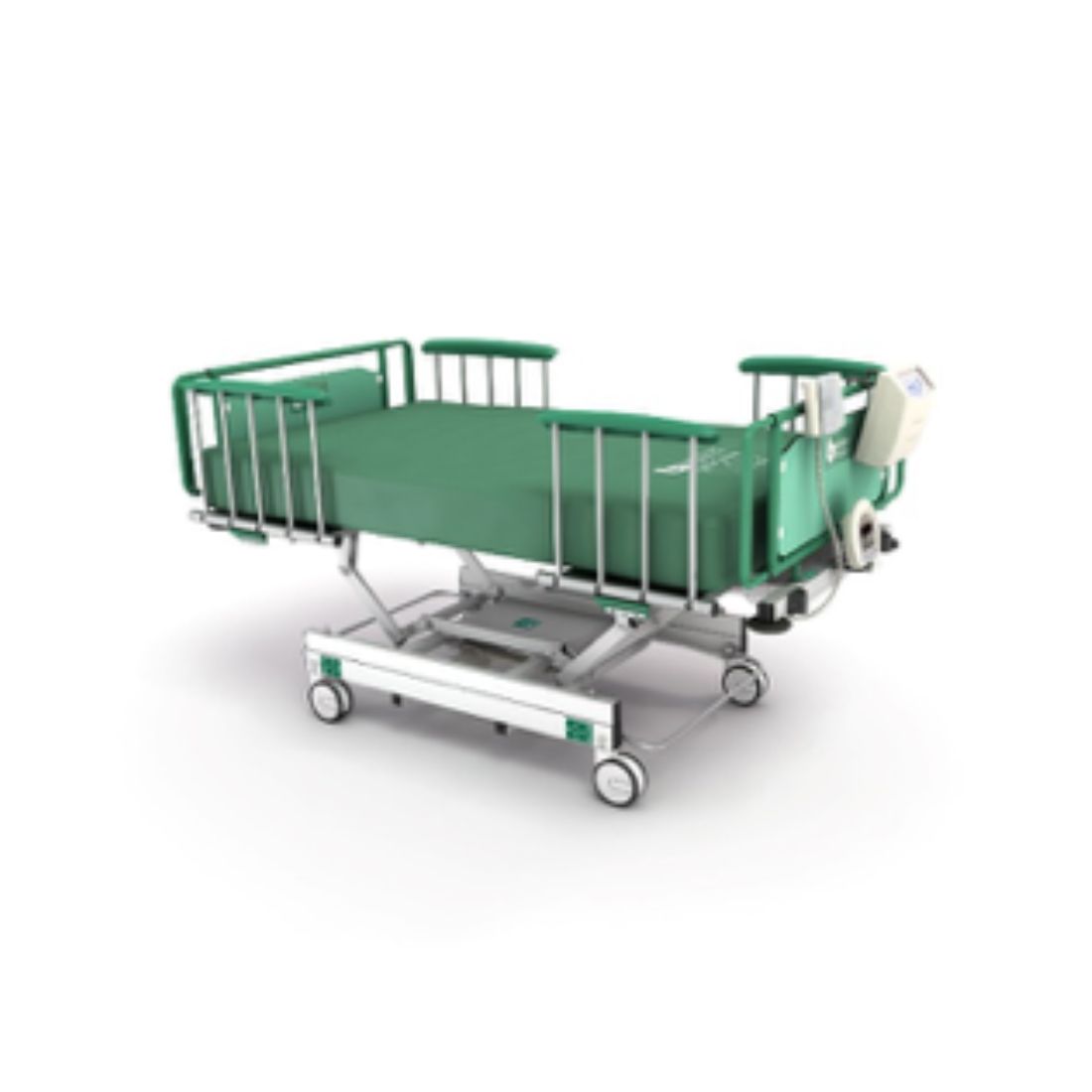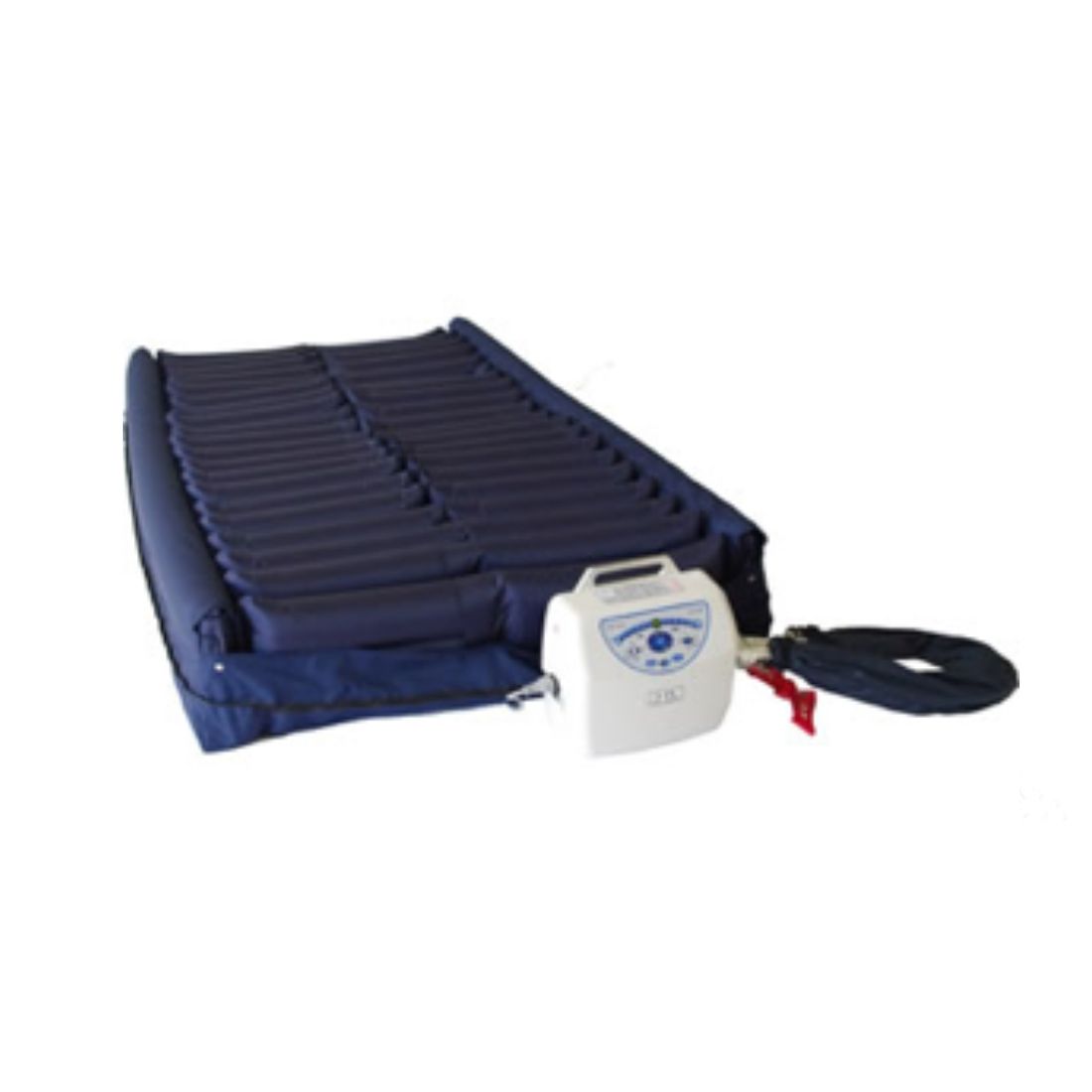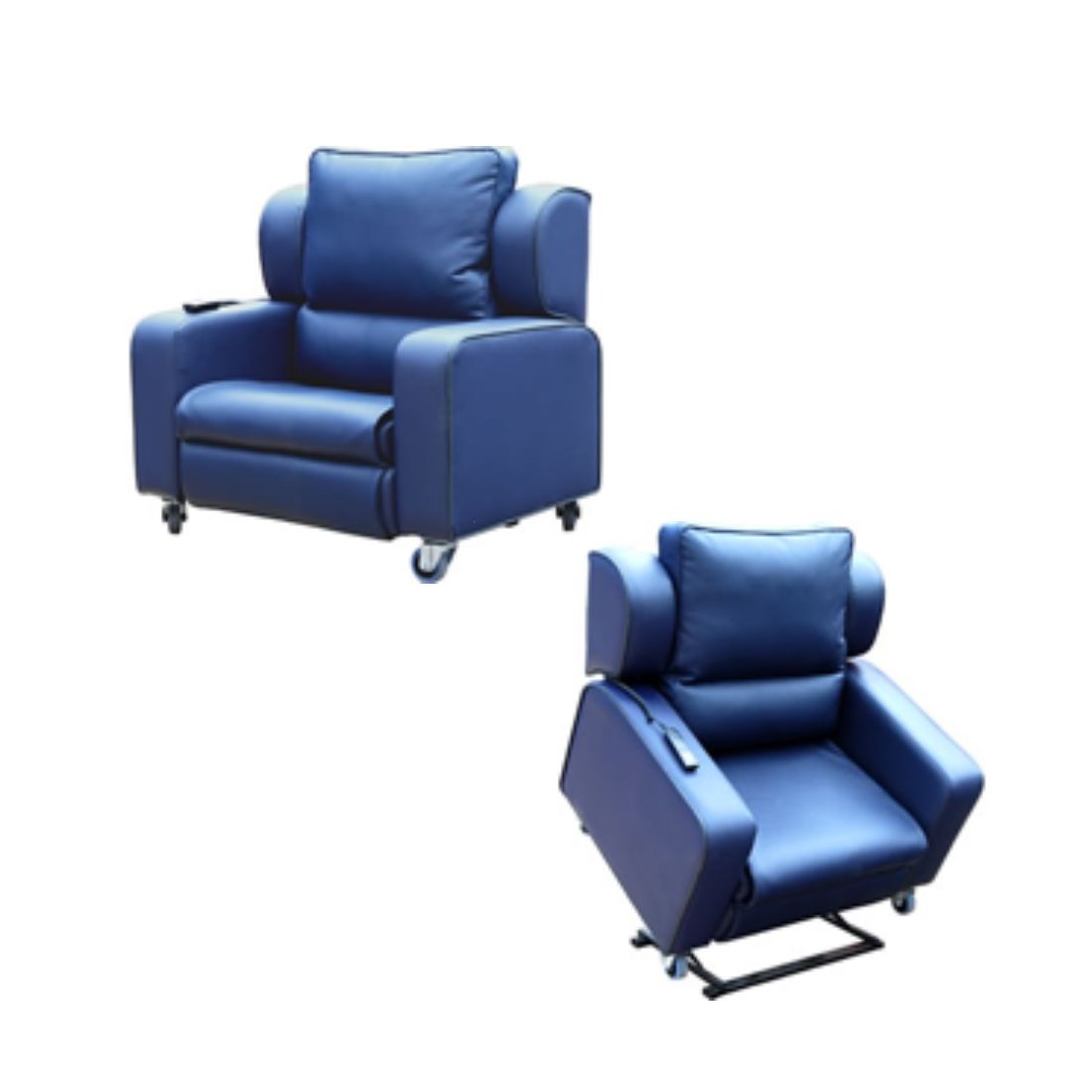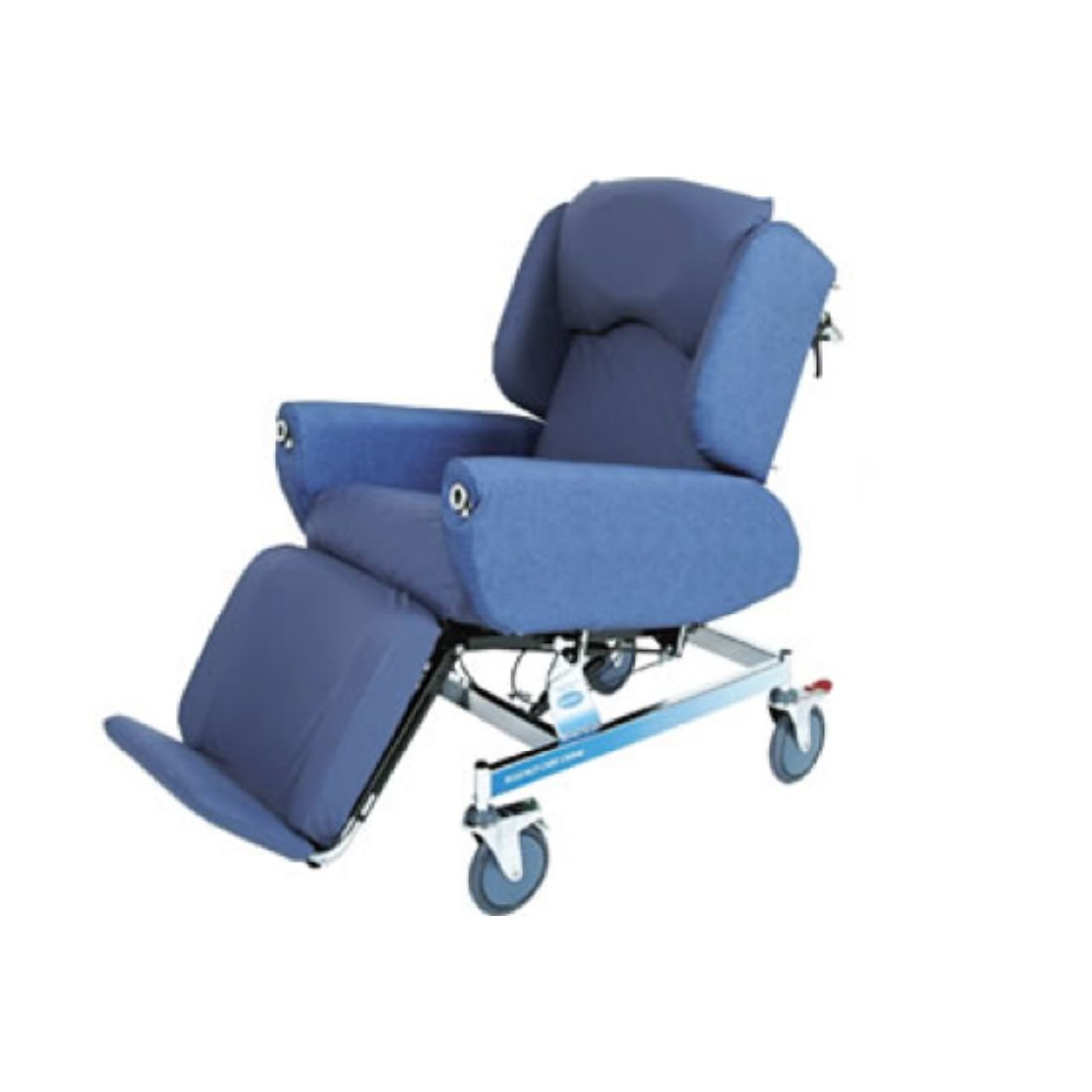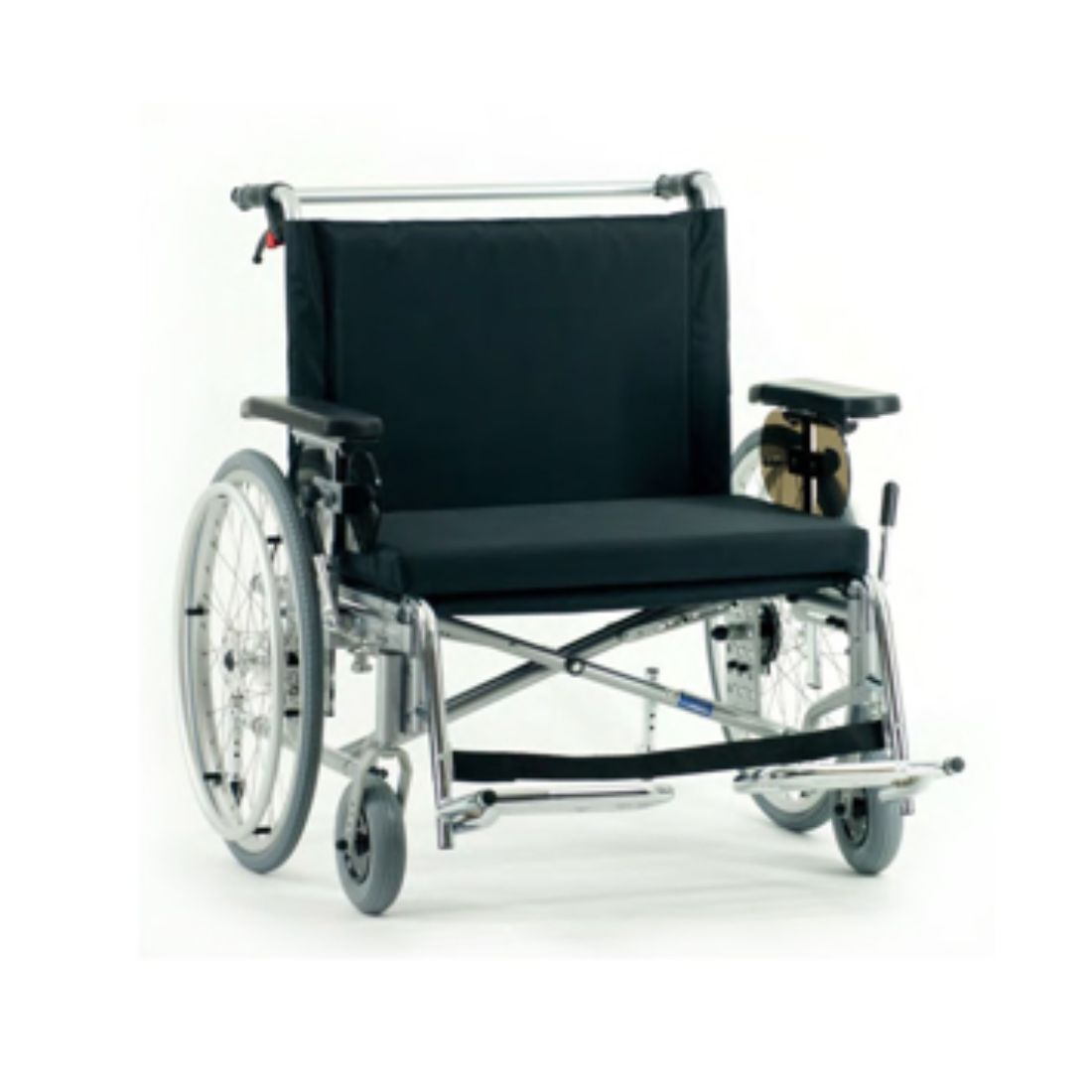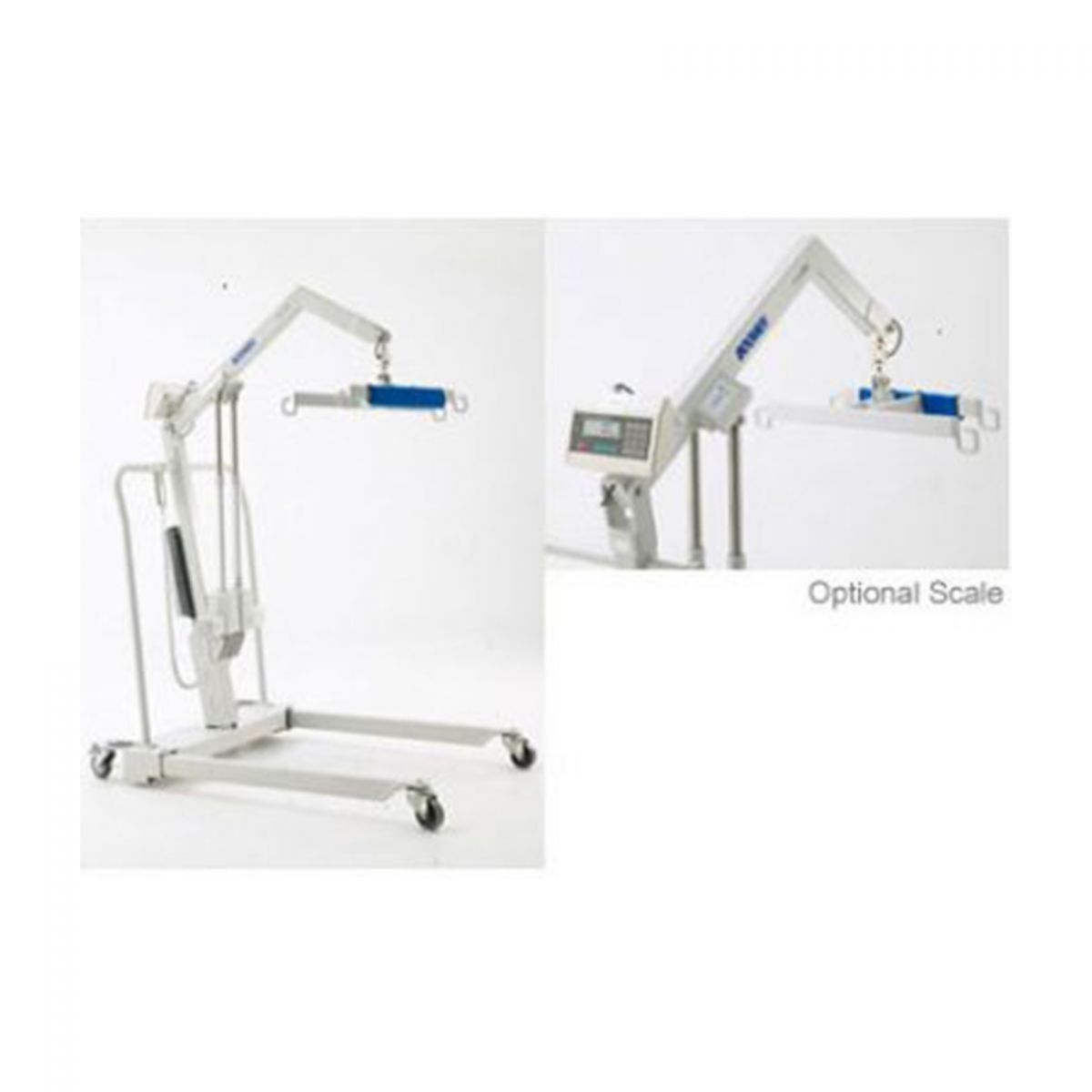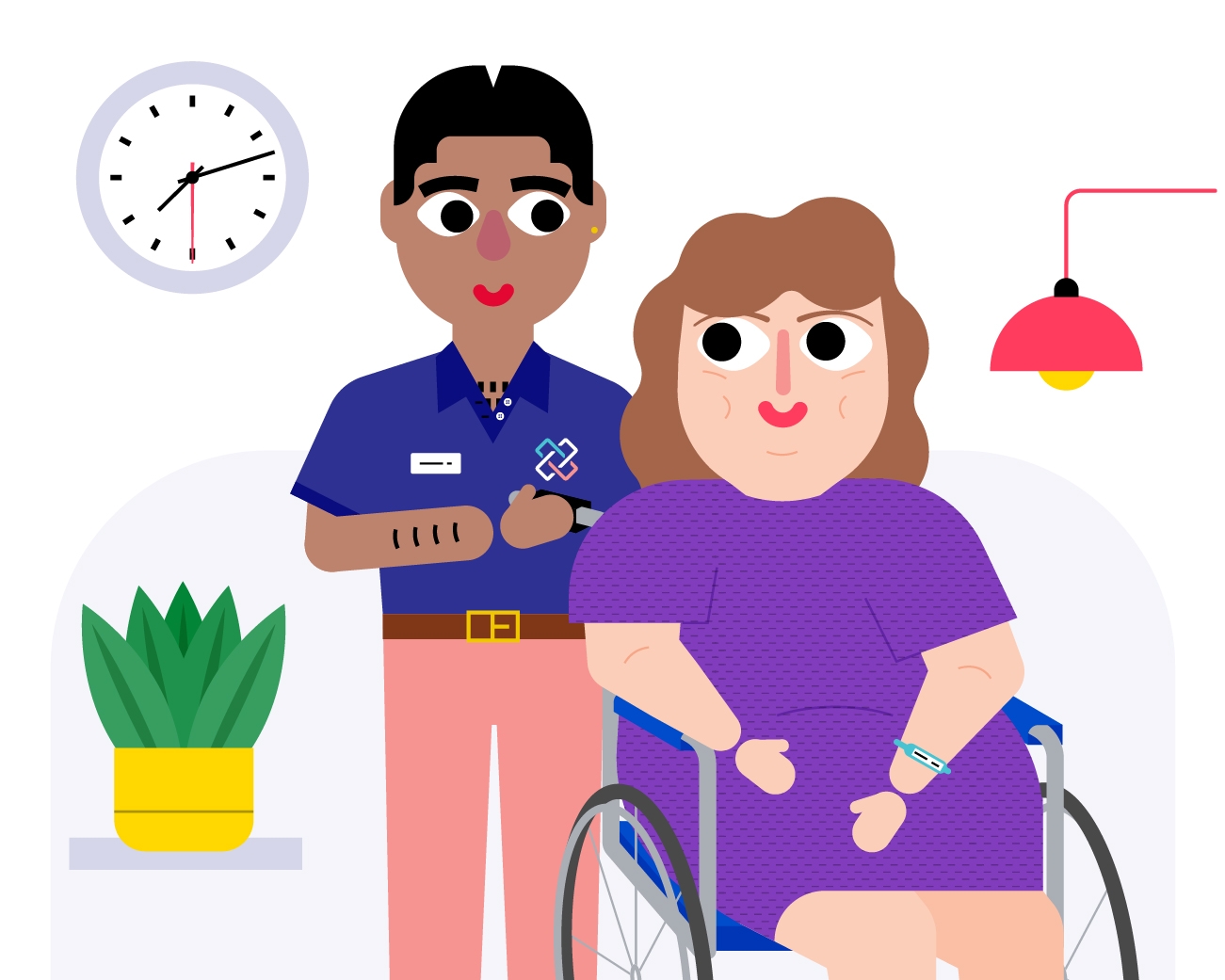
Bariatric Equipment
With an estimated 1 in 3 Australian adults becoming obese by 2025, bariatric care is an issue that healthcare providers must confront today.
At Keystone Healthcare, we believe that all patients deserve the same level of safety which is why we are committed to raising the standard and delivering better bariatric care.
Bariatric Equipment
Delivering dignified care for all patients.
We understand that obesity contributes to a range of medical problems, and that there is an increased need for specialised equipment to accommodate larger and heavier patients.
Keystone Healthcare are committed to investing in products and innovative methods and techniques such as stronger metals, rigid frames and thicker tubing to craft bariatric equipment.
Keystone Healthcare understands that every patient is different and not one product fits all. That is why we take every measure to provide bariatric tailored solutions that are patient specific.
We offer specific bariatric solutions for rental or purchase and are committed to working with leading bariatric equipment managers to increase the quality of equipment in Australia.
The manual handling of these patients poses significant challenges for both patients and carers, reinforcing the need for more advanced, specific bariatric equipment and proper staff training to minimise risk.
Occupational injuries in hospital staff are often related to the manual handling of obese patients, with some healthcare facilities appointing safety staff to oversee safe manual handling of these patients.
Education
Leading the way in bariatric health education.
At Keystone Healthcare, our priority is helping our clients to get the maximum potential from our equipment. By providing education and guidance on the correct use of our products, not only do patients benefit from better outcomes, but the equipment lifespan will be prolonged.
Frequently asked questions.
What’s the difference between MPW (maximum patient weight) and SWL (Safe working load)
The SWL refers to the overall limit the product can hold including required items (patient, Mattress, IV pole) where as MPW is the max patient load that the product can support.
For example if you have a SWL of 490kg and a MPW of 440kg there is a buffer of 50kg to allow for additional items to be placed on the bed required for the patient.
What are the different body types seen in bariatric patients
Apple Pannus — weight is carried high but the abdomen is quite mobile, ‘belly button’ wanders, and the abdomen hangs toward the floor (apron), while leg size may be relatively normal.
- Have high waist to hip ratio
- Patient has a mobile umbilicus
- Variable supine tolerance
- May tolerate prone
Pear Abduction — Weight is carried predominantly below the waist, with significant tissue between the knees preventing them from touching or thighs becoming parallel.
- Have a very low waist to hip ratio
- Majority of tissue is below belt line and femur is in abducted posture
- Severely painful knees due to Valgus stress
- Move from supine to sit via long sitting and avoid log rolling
What equipment is necessary for bariatric patients?
Depending on the patient weight and shape there will be a range of different equipment required to support their care needs.
What are some of the most common health issues for bariatric patients?
Bariatric patients are more susceptible to health conditions and diseases including skin conditions, raspatory issue, heart disease, depression, cancers, obstructive sleep apnoea.
Skin conditions are the most prevalent in bariatric patients as they have increased skin folds which can lead to rashes and ulcers in deep tissue folds, fluid retention and poor blood circulation. The skin also becomes more prone to infections and tearing.
Some patients may be non-ambulant requiring extra assistance from nursing staff in turning, repositioning and movement in and out of bed. There are a range of specialist equipment, systems and procedures to ensure a safe working environment and delivery of care, for both the patient and healthcare team.
What equipment do I need for my patient?
Different patients will have different needs. One way to consider equipment and support needs is from a mobility perspective - the products identified below align with the level of patient mobility.
Immobile
- Aurum Bed with alternating air mattress
- Gantry or mobile hoist
- Repositioning sling
- High dependency chair
- Commode
Semi Mobile
- Gantry or mobile hoist with lift pants
- Standing aids
Mobile
- Aurum Bed with alternating air mattress
- Riser Recliner or static chair with pressure care cushion
- Commode
- Walking Frame / standing aid
